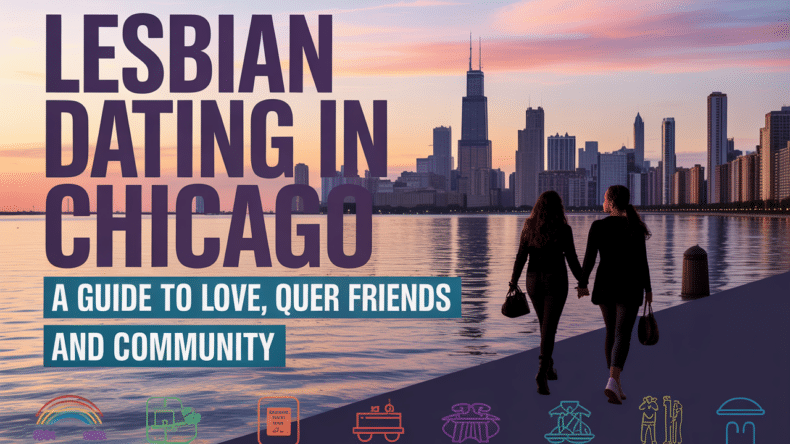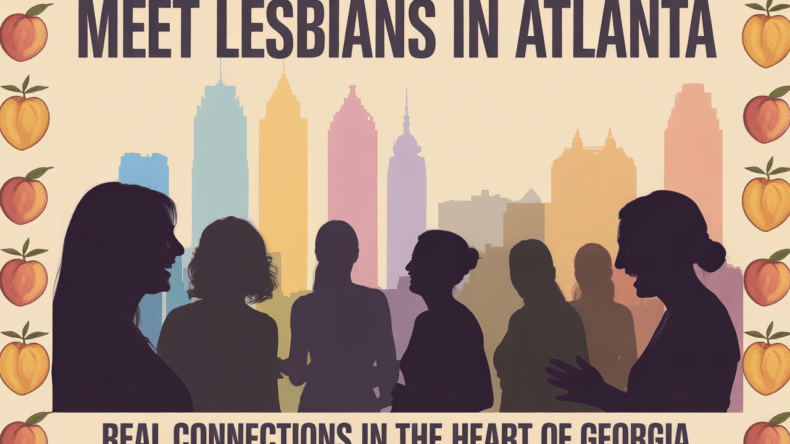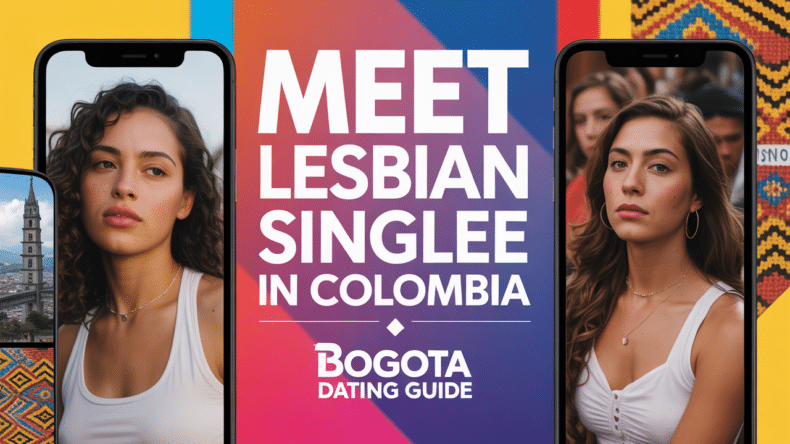Introduction
Sexual orientation is one of the most personal aspects of human identity. When we ask, “what percentage of women are lesbian or bisexual?” we enter a complex world where identity, attraction, and self-expression come together.
Understanding these statistics isn’t as simple as just counting numbers. Sexual orientation is not black and white; it exists on a spectrum. Many women experience different levels of attraction at various points in their lives. Some women may have same-sex experiences but don’t identify as lesbian or bisexual, while others may identify as LGBTQ+ without acting on their attractions.
The data we have today reflects both increasing social acceptance and improved research methods. However, these numbers only tell part of the story. They represent those who feel safe and comfortable sharing their identity – suggesting that the actual percentages might be higher than what reported statistics show.
By looking at women’s sexual orientation statistics, we can gain insight into changing social dynamics and generational shifts in how people understand and express their identity.
Understanding Women’s Sexual Orientation: Key Statistics and Insights
Recent data from the Gallup survey reveals significant insights into women’s sexual orientation identification patterns. The survey indicates that 8.5% of women in the United States identify as LGBTQ – a notable increase from previous decades.
Breakdown of Sexual Orientation Among Women
The breakdown of sexual orientation among women shows distinct patterns:
-
Bisexual Identity: The largest segment of LGBTQ-identifying women falls into the bisexual category
- 6.4% of women identify as bisexual
- This percentage rises significantly among younger generations
- Bisexual identification has shown consistent growth since 2012
-
Lesbian Identity: A smaller but stable percentage identifies as lesbian
- 1.9% of women identify exclusively as lesbian
- This rate has remained relatively constant over the past decade
- The percentage varies minimally across different age groups
Historical Context
Historical data presents a striking contrast to current statistics. In the 1990s, surveys indicated that less than 1% of women openly identified as lesbian or bisexual. The dramatic increase in LGBTQ identification among women reflects several key developments:
- Increased Social Acceptance: The normalization of LGBTQ identities has created safer spaces for self-expression
- Better Research Methods: Modern surveys capture more accurate data through improved methodology
- Legal Recognition: Marriage equality and anti-discrimination protections have encouraged openness
Patterns in Self-Reporting
The data also reveals interesting patterns in self-reporting:
“Women are more likely than men to identify as bisexual, while men show higher rates of exclusive same-sex attraction” – Gallup Survey 2022
These statistics paint a picture of evolving sexual orientation identification among women. The numbers suggest a growing comfort with non-heterosexual identities, particularly among younger populations. Research indicates this trend isn’t just about increased identification – it represents a fundamental shift in how women understand and express their sexual orientation.
Ongoing Evolution
The statistical landscape continues to evolve, with each new survey providing deeper insights into the complex nature of women’s sexual orientation. These numbers serve as crucial indicators for understanding demographic changes and social progress in LGBTQ visibility and acceptance.
The Influence of Age and Generation on LGBTQ Identification Among Women
Recent data reveals striking generational patterns in how women identify their sexual orientation. Generation Z women, born between 1997 and 2012, show significantly higher rates of LGBTQ identification compared to previous generations:
- Generation Z: 30.7% identify as LGBTQ
- Millennials: 16.2% identify as LGBTQ
- Generation X: 4.8% identify as LGBTQ
- Baby Boomers: 2.4% identify as LGBTQ
This dramatic increase in LGBTQ identification among younger women reflects several key factors. Gen Z has grown up in an era of increased visibility, representation, and acceptance of diverse sexual orientations. Social media platforms and online communities have provided safe spaces for exploration and self-discovery, enabling younger women to access information and connect with others sharing similar experiences.
The stark contrast between Gen Z and older generations extends beyond mere numbers. Gen Z women display:
- Greater comfort with fluid sexual identities
- Higher likelihood to reject traditional labels
- Increased willingness to explore and question their sexuality
- Strong tendency to view sexual orientation as existing on a spectrum
Research indicates that Gen Z women are more likely to identify as bisexual than lesbian, with 20.7% identifying as bisexual compared to 5.4% identifying as lesbian. This pattern differs from older generations, where the gap between bisexual and lesbian identification is less pronounced.
Age-specific data shows distinct patterns across different life stages:
- 18-24: Highest rates of LGBTQ identification
- 25-34: Moderate rates with steady decline
- 35-49: Lower rates with consistent patterns
- 50+: Lowest rates of LGBTQ identification
These age-related differences might reflect both generational changes and life-stage factors. Younger women today face fewer social barriers to exploring their sexuality and have access to broader vocabularies for describing their experiences. The increasing acceptance of LGBTQ identities in educational institutions, workplaces, and social circles has created environments where younger women feel safer expressing non-heterosexual orientations.
Cultural Context and Global Perspectives on Women’s Sexual Orientation Identification
Global statistics on women’s sexual orientation reveal significant variations across different regions and cultures. Western studies indicate approximately 87% of women identify as heterosexual, creating distinct patterns compared to U.S. statistics where 93% of women report heterosexual identification.
Regional Variations in Women’s Sexual Orientation Identification
Regional variations paint a complex picture:
- Europe: Studies across European nations show bisexual identification rates ranging from 0.9% to 3.6% among women, with lesbian identification ranging from 0.6% to 1.8%
- Asia: Research indicates lower reported rates of LGBTQ identification, with studies showing less than 1% of women openly identifying as lesbian or bisexual in many countries
- Latin America: Data suggests bisexual identification rates between 1.5% and 4%, with lesbian identification around 1-2%
The Impact of Cultural Contexts on Women’s Sexual Orientation Identification
Cultural contexts significantly impact these statistics. Countries with strong legal protections and social acceptance for LGBTQ individuals typically report higher percentages of women identifying as lesbian or bisexual. Nations with restrictive laws or cultural taboos often show lower reported rates, though researchers note these numbers may not reflect actual orientations.
Key Regional Factors Affecting Statistics
The following factors play a crucial role in shaping women’s sexual orientation identification statistics:
- Legal recognition of same-sex relationships
- Religious and social attitudes
- Access to LGBTQ communities and resources
- Cultural traditions and family structures
- Media representation and visibility
Progressive Regions and the Influence of Cultural Acceptance
Research from progressive regions demonstrates higher rates of self-identification. For example, urban areas in Canada and Northern Europe report women’s bisexual identification rates up to 5%, notably higher than global averages. These statistics suggest cultural acceptance directly influences women’s willingness to openly identify as lesbian or bisexual.
The Complexity of Cultural Norms and Data Collection Methods
The intersection of cultural norms and data collection methods creates additional complexity. Anonymous surveys often yield higher percentages compared to face-to-face interviews, particularly in conservative societies. This disparity highlights the impact of social stigma on sexual orientation reporting, which is further explored in studies such as this one that examines the complexities surrounding data collection methods.
Urban-Rural Divides in Women’s Sexual Orientation Identification
Urban-rural divides also affect identification rates. Metropolitan areas consistently report higher percentages of women identifying as lesbian or bisexual compared to rural regions, regardless of country or culture. This pattern emerges across multiple continents, suggesting the influence of urban environments on sexual orientation expression.
The Role of Culture, Media, and Lifelong Experiences in Shaping Women’s Sexual Orientation Identity
Cultural norms and societal pressures create complex dynamics that influence how women understand and express their sexual orientation. Research indicates that women’s sexual identity formation is deeply intertwined with their cultural context, affecting both self-discovery and public disclosure.
Societal Influences on Identity Expression:
- Media representation shapes perception and acceptance
- Family values and religious beliefs impact self-identification
- Workplace environments affect comfort levels in disclosure
- Educational settings influence understanding of sexual orientation
A significant finding from recent studies reveals that sexual identity labels don’t always align with lived experiences. Research published in the Journal of Sex Research indicates that up to 15% of women who identify as heterosexual report same-sex experiences or attractions at some point in their lives.
Breaking Down Traditional Categories:
Women’s sexual identities often exist on a spectrum rather than fitting into rigid categories. This fluidity is reflected in several key patterns:
- Sexual attraction may shift throughout different life stages
- Emotional connections can transcend traditional orientation labels
- Personal identity might not match behavioral patterns
- Cultural acceptance levels influence self-identification
Studies from the Williams Institute highlight that societal acceptance directly correlates with rates of LGBTQ identification. In regions with strong cultural support, women are 3x more likely to openly identify as lesbian or bisexual.
The intersection of personal experience and cultural context creates unique patterns in sexual orientation expression. Research shows that women in urban areas with diverse populations report higher rates of sexual fluidity compared to rural regions. This pattern suggests that exposure to varied lifestyles and perspectives influences both self-discovery and identity expression.
Social media and online communities have created new spaces for women to explore and understand their sexual orientation. These platforms provide opportunities for connection and self-expression outside traditional social constraints, leading to increased visibility and acceptance of diverse sexual identities.
Conclusion
The question “what percentage of women are lesbian or bisexual?” reveals a complex reality that defies simple numerical answers. Current data suggests approximately 8.5% of U.S. women identify as LGBTQ, with varying proportions identifying as lesbian (1.4%) or bisexual (2.3%). These numbers represent a snapshot of an evolving landscape.
Future research directions must address:
- The impact of changing social attitudes on sexual orientation identification
- The relationship between reported same-sex experiences and sexual identity labels
- Cross-cultural variations in sexual orientation expression
- Generational shifts in LGBTQ identification
The growing acceptance of diverse sexual orientations creates opportunities for more nuanced understanding. Research institutions and social scientists need to develop sophisticated methods to capture the fluid nature of sexual orientation. This understanding will help create more inclusive policies and support systems for women across the sexual orientation spectrum.
Your sexual orientation is a deeply personal aspect of identity – one that deserves respect, understanding, and continued scientific exploration.





